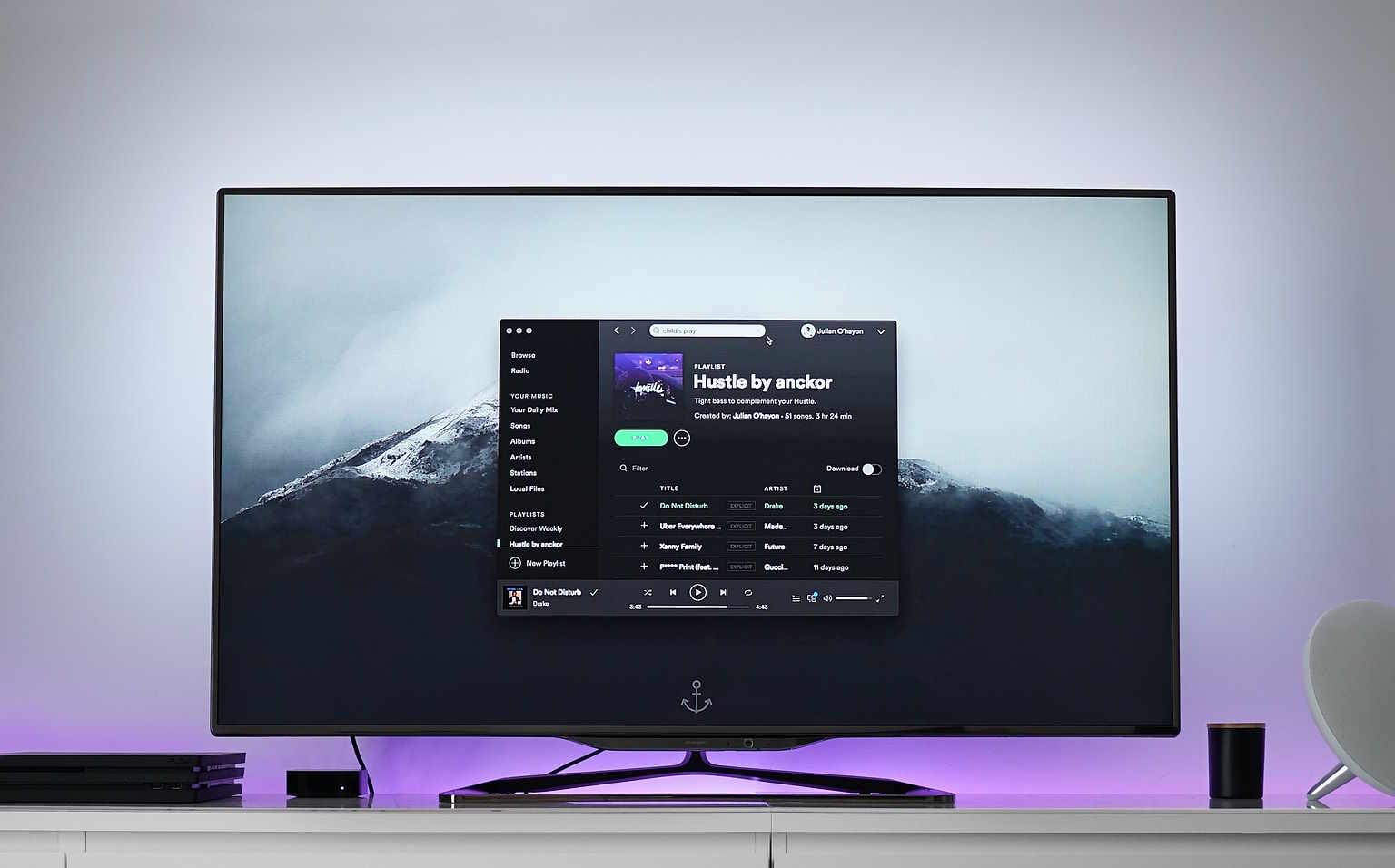Overview of Online Music Streaming Platforms and Listening Options USA
This article provides general information about online music streaming services and how users can access music across different devices.The content includes references to streaming platforms that offer playlists, genre-based recommendations, and on-demand listening features.Some services are available through mobile apps, websites, or smart devices.The article is intended for informational use and highlights common user features such as playlist creation, offline playback, and content discovery tools.
How do streaming platforms deliver music to listeners?
Streaming platforms use internet connectivity to provide on-demand access to digital audio content. When a user selects a song, the platform sends small packets of data to the user’s device, which are then played in real-time. This method allows for instant playback without the need to download entire files, saving storage space and enabling access to millions of tracks.
What devices can be used for music streaming?
Some services allow listening through mobile phones, computers, or connected home devices. Smartphones are perhaps the most common streaming devices, with dedicated apps for iOS and Android. Desktop and laptop computers can access streaming services via web browsers or downloadable applications. Smart speakers, gaming consoles, and even some car audio systems now support various streaming platforms, expanding the ways users can enjoy music.
What features do music streaming services typically offer?
Most streaming platforms provide a range of features to enhance the listening experience. Users may organize music into personal collections or by artist and category. Playlist creation is a popular feature, allowing listeners to curate their own mixes or discover pre-made playlists for different moods, activities, or genres. Many services offer personalized recommendations based on listening history, helping users discover new artists and songs.
How do streaming platforms handle offline listening?
To accommodate users without constant internet access, many streaming services offer offline playback options. This feature typically allows subscribers to download a certain number of songs, albums, or playlists to their device for listening without an internet connection. This is particularly useful for travelers or those with limited data plans.
What are some unique aspects of music streaming in the USA?
The USA boasts one of the most competitive and innovative music streaming markets globally. American consumers have access to a wide array of services, including both domestic and international platforms. The market has seen the rise of exclusive content, with some platforms securing rights to certain artists or albums. Additionally, the integration of podcasts and live radio into music streaming services has been particularly strong in the US market, offering users a more comprehensive audio entertainment experience.
How do popular streaming services compare in terms of features and pricing?
Several major players dominate the US music streaming landscape, each with its own unique offerings and price points. Here’s a comparison of some popular services:
| Service | Basic Plan | Premium Plan | Key Features |
|---|---|---|---|
| Spotify | Free (with ads) | $9.99/month | Vast library, personalized playlists, podcast integration |
| Apple Music | N/A | $9.99/month | Seamless Apple device integration, live radio |
| Amazon Music | Limited (with Prime) | $9.99/month | Included with Amazon Prime, HD audio option |
| YouTube Music | Free (with ads) | $9.99/month | Music videos, user-uploaded content |
| Tidal | N/A | $9.99/month (HiFi: $19.99) | High-fidelity audio, exclusive content |
Prices, rates, or cost estimates mentioned in this article are based on the latest available information but may change over time. Independent research is advised before making financial decisions.
While these services share many common features, they differentiate themselves through user interface design, exclusive content, audio quality options, and integration with other platforms or ecosystems. Some offer family plans or student discounts, providing more cost-effective options for certain user groups.
In conclusion, online music streaming platforms have transformed the way Americans consume music. With a variety of services offering extensive libraries, personalized recommendations, and multi-device compatibility, listeners have unprecedented access to music. As technology continues to evolve, we can expect streaming platforms to further innovate, enhancing the music listening experience for users across the USA.







